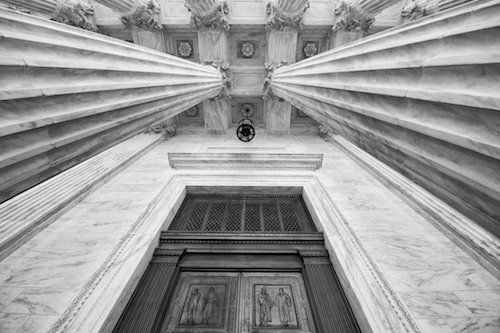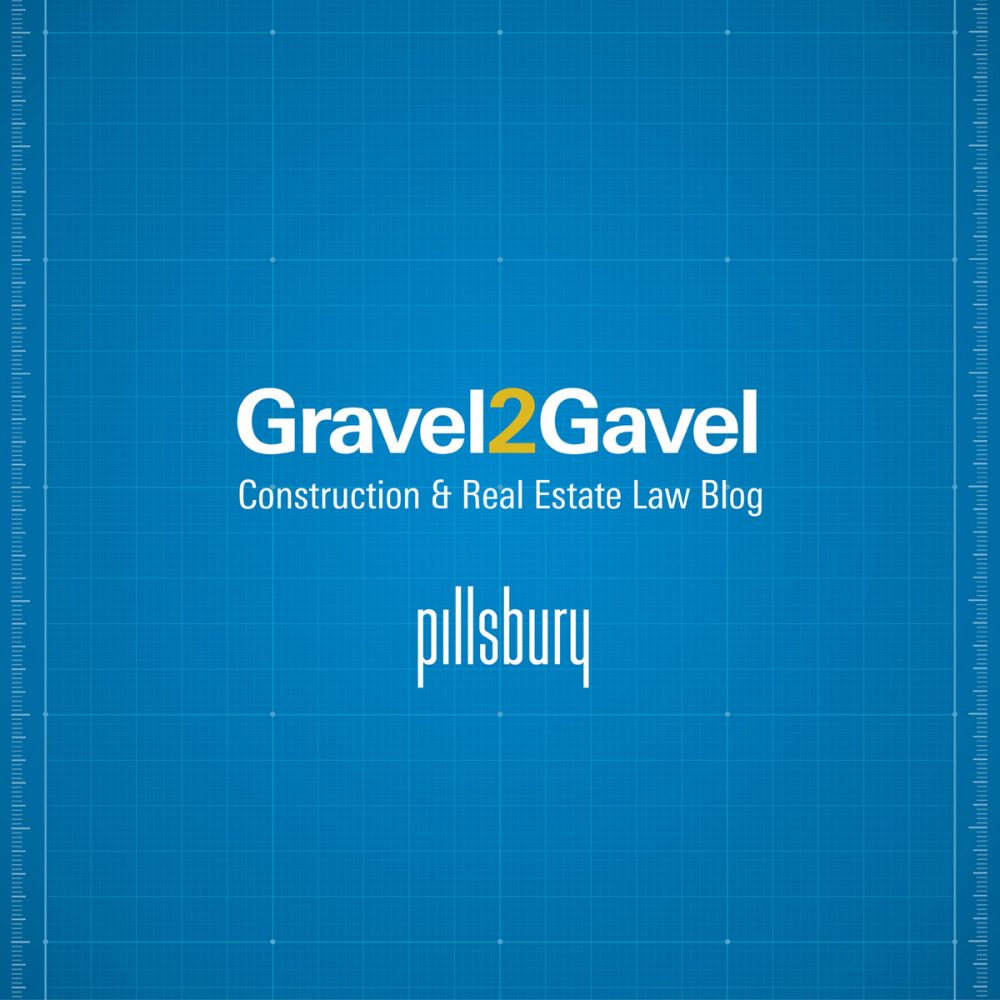It It The The decision was precedential and authored by Judge Cunningham.
Aside from the question about Judge Newman’s treatment by the court, Miller Mendel is also asking the High Court to consider the following additional questions:
“2) Whether the Federal Circuit erred, contrary to this Court’s precedent in Carter v. Stanton, 405 U.S. 669, 92 S. Ct. 1232, 31 L. Ed. 2d 569 (1972), and deepening a recognized split among the circuits, by allowing the lower court to circumvent the requirements of Rule 12(d) of the Federal Rules of Civil Procedure, which mandates that when matters outside the pleadings are presented in a motion to dismiss, the motion must be treated as one for summary judgment, thereby providing the plaintiff a fair opportunity to present responsive evidence and engage in the summary judgment process?
3) Whether the current judicial exception to patentability for abstract ideas for Section 101 of the Patent Act, which lacks a clear definition or objective criteria, allows courts to invalidate patents arbitrarily without factual development or evidentiary support, thus undermining the predictability and stability necessary for the patent system to function effectively?
4) Whether the Court should eliminate the judicial exception to patentability for abstract ideas given that it does not enjoy the historical provenance of the other, much older judicial exceptions, is in derogation of the 1952 Patent Act, has never been defined nor objective criteria provided, and has created great uncertainty and chaos in the courts, at the United States Patent and business community.”
With respect to the petition’s argument about Judge Newman, Miller Mendel explained that “effectively removing an Article III judge, one of the most experienced and perceived patent friendly appellate judges on the Federal Circuit and who has been particularly critical of the Federal Circuit’s jurisprudence regarding ‘abstract ideas,'” raises serious constitutional questions. The petition also said that Newman’s removal prejudiced Miller Mendel, since without her, there was not even a possibility that “the Federal Circuit’s most experienced and vocal critic of Section 101 jurisprudence” could have been appointed to the panel.
Further, the petition argued that the Judicial Disability Act, “as applied in this case, allowed co-equal judges to sideline a judge known for her critical views on patent jurisprudence, particularly regarding the controversial abstract idea doctrine.”
Newman’s counsel, the New Civil Liberties Alliance (NCLA), which is not a party in the Supreme Court appeal, issued a statement today saying that Miller Mendel “is right in declaring that Judge Newman’s unlawful exclusion from case panels has harmed Americans bringing cases to the Federal Circuit.”
NCLA Senior Litigation Counsel Greg Dolin added: “We are glad that the bar is beginning to recognize what we have been saying for the last year and a half–Judge Newman’s suspension has effectively removed her from office and is flatly unconstitutional.”
Procedural Problems
Miller Mendel’s petition also argued to the Court that the Federal Circuit and district court decisions violated Rule 12(d) of the Federal Rules of Civil Procedure by failing to exclude certain evidence outside of the pleadings or convert the motion into one for summary judgment.
Miller Mendel argued at the Federal Circuit that the district court erred in relying on a declaration presented by the City that was not part of the pleadings. The The And regardless, said the CAFC, any error there might have been by not explicitly excluding the declaration was harmless.
But the petition said that circuits are split on how to enforce the requirements of Rule 12(d) and that “
ad the District Court notified the Petitioner that the court was not going to exclude the extrinsic evidentiary declaration, Petitioner would have, as it clearly stated, provided contrary declarations directly on the issues of abstract idea and ‘inventive concept.'” Furthermore, this split on Rule 12(d) is “particularly pernicious in patent cases involving the abstract ideas because the Alice/Mayo framework may necessitate factual development but depending on the circuit in which the case arises a different law applies to Rule 12(d) when an opposing party submits matters outside the pleadings that the district court does not exclude.”
Eligibility Morass
Finally, the petition argued, as many before it have, that “current state of patent eligibility jurisprudence is a ‘definitional morass.'” The Federal Circuit said that Miller Mendel’s claim language and specification both confirm the invention “is directed to the abstract idea of performing a background check,” while Mendel argued that “the method of claim 1 cannot be directed to an abstract idea because certain limitations, such as the transmitting hyperlinks via email steps and generating a suggested reference list steps, cannot be done in the mind or by pen and paper.” Miller Mendel said the lack of objective criteria around Section 101 is “unworkable.” The petition added: “It invites lower courts, almost wholly non-technical, to broadly categorize detail rich software patent claims to determine they are directed to an abstract idea (which is undefined).”[h]Ultimately, the petition urged the High Court to take up the case in order to “resolve the critical constitutional question concerning the removal of an Article III judge” as well as the uncertainty around Rule 12(d) and patent eligibility under Section 101. “These issues are not merely technical or procedural; they go to the heart of the rule of law and the stability of the patent system, with far-reaching implications for the innovation economy and the fair administration of justice,” the petition concluded.
Image Source: Deposit Photos
Author: renaschild
Image ID: 133300380






